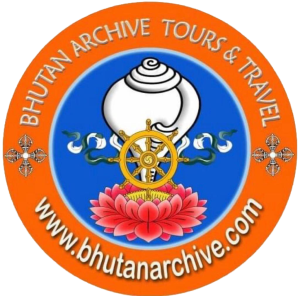In Bhutan, there are over nineteen languages spoken, with many facing the threat of extinction. English, widely spoken, stands apart. Most Bhutanese languages, excluding Nepali, bear Tibeto-Burmese influence, with some also showing Sino-Tibetan origins.
Tshangla, dominant among Eastern Bhutanese, and Lhotsam, prevalent among Southern Bhutanese, are endangered, as are Monkha, Lhokpu, and Gongduk, perilously close to extinction. Monkha is spoken by Monpas residing in the scattered areas of the Black Mountain in central Bhutan. Lhokpu, an ancient variant of Dzongkha, is spoken by the Doyas in the southwestern region. Gongduk, spoken by fewer than a thousand people, is found along the Kurichu River in the eastern district of Mongar.
The landscape of Bhutan has historically fostered isolated communities, likely contributing to the proliferation of distinct languages and dialects.
Bhutan’s National Language
Dzongkha, Bhutan’s national language, shares its roots with Dranjoke, spoken by the native population of highland Sikkim, and Choke, the language of the clergy. It holds sway in western Bhutan. Alongside English, widely spoken, is Tshangla, also known as Sharchopkha.
English serves as the primary language in schools and government offices, with Bhutanese students studying Math, Science, and History in this language, potentially diminishing the use of Dzongkha. To preserve and promote Dzongkha, His Majesty King Jigme Singye Wangchuck established the Dzongkha Development Commission. Today, many Bhutanese pop songs contribute to the resurgence of Dzongkha, appealing to both the younger and older generations.
